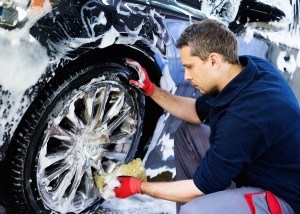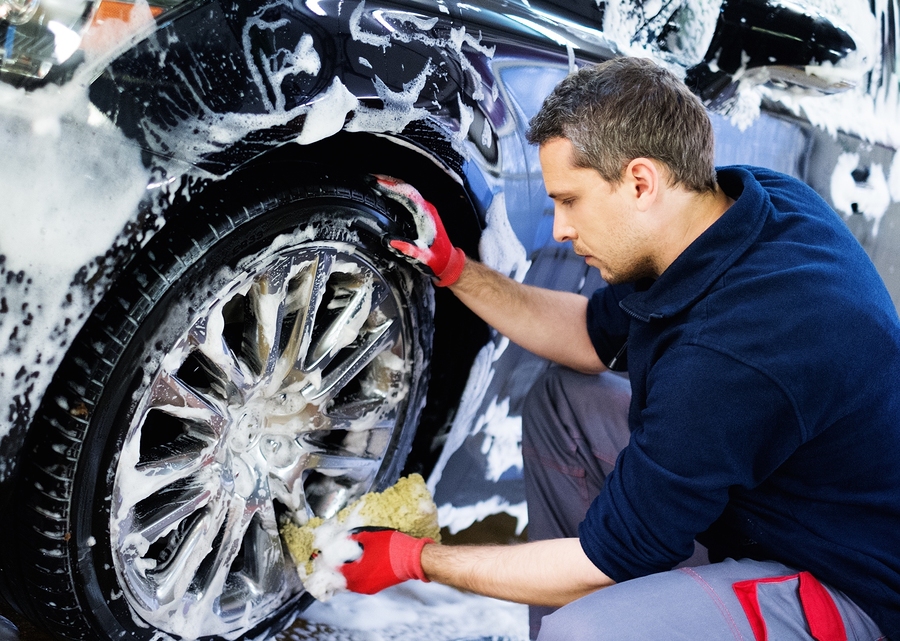A chemical commonly used in commercial car and truck washes can be dangerous to the health of people who work with it, according to new research by the Department of Labor & Industries’ (L&I) SHARP Program.
A close look at workers’ compensation injury reports over a 12-year period shows nearly 50 workers in Washington were burned after coming in contact with hydrofluoric acid-based car and truck wash products.
SHARP, an occupational safety and health research program at L&I, found seven of the injured workers were hurt seriously enough to require hospitalization. The program looked at reports from 2001-2013. The new research is being published this week in the Centers for Disease Control and Prevention (CDC) Morbidity and Mortality Weekly Report.
“Hydrofluoric acid is insidiously toxic at the low concentrations used in vehicle washing,” said Carolyn Whitaker, SHARP researcher. “Initially, when it touches the skin there may be little or no pain. That means workers are often unaware of the burn until later and typically delay getting treatment.”

The chemical is often used in car and truck wash products to brighten aluminum and break down roadway grime. About half of those injured worked in commercial car washes. The study also found injuries to truck drivers and truck wash workers.
Workers’ compensation data reviewed for the same time period found that 48 hydrofluoric acid chemical burns were reported. Burn depths varied from first degree to third degree burns. The workers injured were exposed to products ranging from .5 percent to 20 percent hydrofluoric acid.
The CDC identified 16 industries where workers could be exposed to the hazardous chemical. Car wash workers presented have of all exposed workers.
The SHARP Program has developed an easy-to-read safety hazard alert for car and truck wash employers and workers. Whitaker and the SHARP Program strongly recommend that car and truck washes use alternative products that do not include hydrofluoric acid. When this chemical is used, workplaces should take steps to minimize exposure, make sure employees are trained and fully aware of the serious hazard, and make sure they wear appropriate personal protective gear.
Consumers should be aware that the chemical is also used in wheel brightening and boat brightening products sold for home use. Even low concentrations can be hazardous. L&I recommends that people using these products look for alternatives and closely follow the directions on the label regarding personal protective equipment.
Source: CDC and Washington Department of Labor & Industries
Was this article valuable?
Here are more articles you may enjoy.


 SEC Dropping Enforcement Case Against Binance Crypto Exchange
SEC Dropping Enforcement Case Against Binance Crypto Exchange  Cars Are Getting Smarter. Why It Matters for Claims Professionals
Cars Are Getting Smarter. Why It Matters for Claims Professionals  Plane Crashes into San Diego Neighborhood, Setting Homes And Vehicles on Fire
Plane Crashes into San Diego Neighborhood, Setting Homes And Vehicles on Fire  Fixing the Claims Experience Where It Matters Most: In the Mess
Fixing the Claims Experience Where It Matters Most: In the Mess 